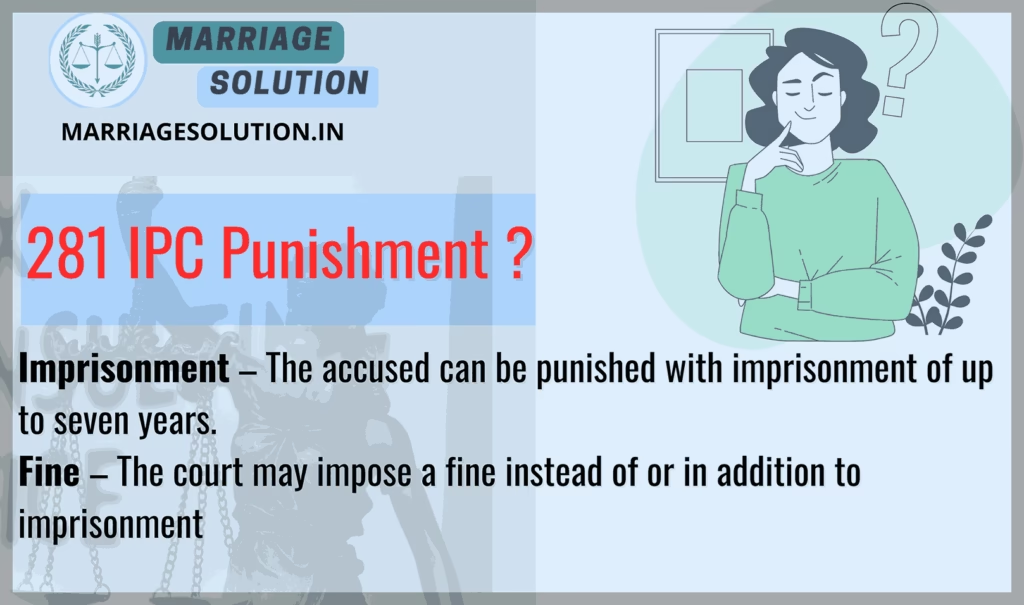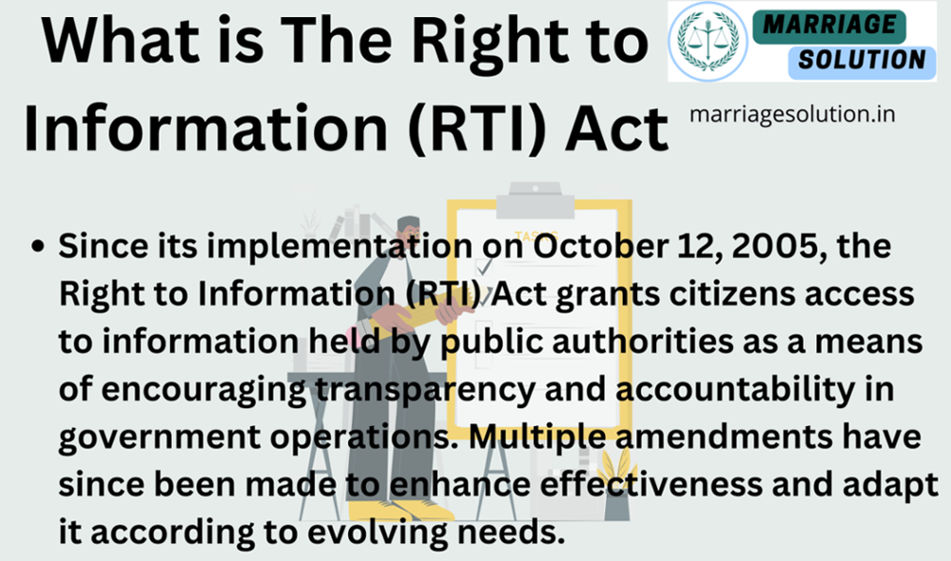Introduction of IPC 281
Indian Penal Code (IPC) Section 281 deals with the exhibition of false light, mark, or buoy with the intention of misleading navigators. Navigation plays a crucial role in maritime and river transport, and accurate signals like lights, buoys, and marks help ships and boats travel safely. If someone deliberately places a false navigation signal, it can lead to dangerous accidents, shipwrecks, or loss of life and property.
- Introduction of IPC 281
- What is IPC Section 281?
- Section 281 IPC in Simple Points
- Section 281 IPC Overview
- IPC 281: Exhibition of False Light, Mark, or Buoy – 10 Key Points
- 1. Purpose of IPC 281
- 2. Crime of Intentional Misleading
- 3. Importance in Maritime Safety
- 4. Punishment for Violating IPC 281
- 5. Impact on Coastal and River Navigation
- 6. Relation to Modern Navigation Technology
- 7. Protection Against Maritime Crimes
- 8. Role of Authorities in Enforcing IPC 281
- 9. Difference Between Accidental and Criminal Offense
- 10. IPC 281 as a Preventive Measure
- Examples of IPC 281 Violations
- IPC 281: Exhibition of False Light, Mark, or Buoy – 10 Key Points
- Section 281 IPC case laws
- 281 IPC Punishment
- 281 IPC Bailable or non bailable
- Section 281 IPC in short information
- IPC Section 281 FAQs
- If you need support with court proceedings or any other legal matters, don’t hesitate to reach out for assistance.
What is IPC Section 281?
IPC Section 281 deals with the act of exhibiting a false light, mark, or buoy with the intention or knowledge that it may mislead a navigator. This law is meant to ensure safe navigation and prevent accidents caused by deceptive signals. If someone deliberately places a misleading light, sign, or buoy, they can face imprisonment for up to seven years, a fine, or both.

Section 281 IPC in Simple Points
1. Protecting Navigational Safety
The primary purpose of IPC 281 is to prevent accidents by ensuring that all navigational signals remain authentic and reliable. False signals can misguide ships, boats, and other vessels, leading to dangerous mishaps. This section ensures that no one can intentionally create confusion for navigators.
2. Intentional Misleading is a Crime
For an offense under IPC 281, intention or knowledge plays a crucial role. A person must deliberately exhibit a false light, mark, or buoy, knowing that it can mislead navigators. Accidental or unintentional actions do not fall under this section.
3. Punishment for Violation
Anyone found guilty under IPC 281 can be punished with imprisonment for up to seven years or a fine. In some cases, both penalties can be imposed. This punishment serves as a deterrent to prevent people from misleading ships and boats.
4. Importance in Coastal and River Navigation
IPC 281 is particularly important for coastal areas, ports, and rivers, where navigation relies heavily on visual signals. Misleading lights or markers can cause collisions, shipwrecks, or loss of cargo and lives. Authorities ensure strict compliance to maintain safe navigation.
5. Application to Modern Technology
With the advancement of GPS and electronic navigation, IPC 281 also applies to digital signals and misleading electronic markers. If someone manipulates or interferes with navigation systems, they can still be punished under this law.
Section 281 IPC Overview
IPC 281 is a legal provision under the Indian Penal Code that punishes individuals who knowingly display false navigation signals that could mislead or endanger navigators. Such actions can cause shipwrecks, collisions, or other maritime accidents. The law is crucial for maintaining safe and organized navigation in rivers, seas, and harbors.
IPC 281: Exhibition of False Light, Mark, or Buoy – 10 Key Points
1. Purpose of IPC 281
The main purpose of IPC 281 is to prevent maritime and river navigation accidents caused by false signals. Ships, boats, and other vessels rely on lights, buoys, and marks for safe travel. If someone deliberately places misleading navigation signals, it can lead to collisions, shipwrecks, or damage to property and life. This law ensures that navigation aids remain accurate and trustworthy for everyone using waterways.
2. Crime of Intentional Misleading
IPC 281 applies only if the person intentionally exhibits a false light, mark, or buoy. The law does not apply if the misleading signal is accidental. For example, if a person deliberately places a fake lighthouse signal, it is an offense. However, if a light accidentally malfunctions, it is not covered under this section. The intention to deceive is a key factor in proving the crime.
3. Importance in Maritime Safety
Ships and boats heavily depend on navigation signals to avoid obstacles and reach their destinations safely. A false mark or buoy can lead them into dangerous waters, shallow areas, or hidden rocks. IPC 281 ensures that all navigational aids remain reliable so that seafarers and river travelers do not face unnecessary risks.
4. Punishment for Violating IPC 281
The punishment for violating IPC 281 can be up to seven years of imprisonment, a fine, or both. The severity of the punishment depends on the consequences of the false signal. If a misleading navigation mark causes serious damage, injuries, or death, the punishment may be harsher. The goal of this penalty is to deter people from intentionally misleading navigators.
5. Impact on Coastal and River Navigation
IPC 281 is crucial for coastal areas, ports, and river routes, where navigation depends on lights, buoys, and other markers. If someone places a false buoy in a busy port area, it can cause severe accidents and disrupt trade and travel. This law protects the economic and safety interests of people and businesses that rely on waterways.
6. Relation to Modern Navigation Technology
In earlier times, navigation depended on physical markers like lights and buoys. However, modern ships also rely on electronic signals, GPS systems, and digital markers. If someone manipulates or creates false digital signals to mislead ships, it could also fall under IPC 281. The law remains relevant in both traditional and modern maritime safety.
7. Protection Against Maritime Crimes
Some criminals may use false lights or signals to trap ships or boats for robbery or piracy. By placing a misleading signal, they can lure vessels into dangerous areas where they can attack and loot them. IPC 281 helps in preventing such maritime crimes by ensuring that navigation remains secure and free from deceptive practices.
8. Role of Authorities in Enforcing IPC 281
Maritime authorities, port officials, and coast guards are responsible for ensuring compliance with IPC 281. They monitor navigational aids, check for false markers, and remove misleading signs. If any person or group is found guilty of intentionally misleading navigators, they can be prosecuted under IPC 281. Regular inspections and strict enforcement help prevent such offenses.
9. Difference Between Accidental and Criminal Offense
Not all misleading navigation signals are intentional crimes. If a storm damages a buoy or a lighthouse light malfunctions due to technical failure, it does not count as an IPC 281 offense. However, if a person knowingly installs a false navigation marker to mislead or harm others, it becomes a criminal act under this law. The court considers evidence of intent before convicting someone under IPC 281.
10. IPC 281 as a Preventive Measure
IPC 281 serves as a preventive law that stops people from creating dangerous navigation conditions. Even if no accident occurs, a person exhibiting a false signal with intent to mislead can still be punished under this law. This ensures that people think twice before attempting to manipulate navigation signals, making waterways safer for all users.
Examples of IPC 281 Violations
Example 1: Fake Lighthouse Signal
A person installs a bright light near a coastline, pretending it to be a lighthouse. Ships get confused and change their course, leading to a dangerous crash on rocks. This act is punishable under IPC 281.
Example 2: False Buoy in a River
A group of fishermen place a fake buoy in a river, making ships believe it marks a safe passage. A cargo boat follows it and gets stuck in shallow waters, causing financial loss and damage. This is a clear violation of IPC 281.
Section 281 IPC case laws
- State vs. Ramnath (1985)
- Facts: The accused placed a misleading light near a river, causing a boat to change course and hit a rock.
- Result: The court convicted him under IPC 281 and imposed a fine.
- Coastal Authorities vs. Unknown (1990)
- Facts: Fishermen placed fake buoys to divert ships away from a fishing zone.
- Result: The accused were fined and warned about future consequences.
- State of Maharashtra vs. John Peter (2002)
- Facts: A man placed a false lighthouse signal, which misled a cargo ship.
- Result: He was sentenced to two years of imprisonment.
- Indian Navy vs. Fishermen Union (2010)
- Facts: Fishermen marked a false safe passage during monsoon season, misleading several boats.
- Result: The court ordered strict penalties and preventive measures.
- Port Authority vs. Unknown (2018)
- Facts: An individual installed a fake directional sign at a port entrance for illegal activities.
- Result: He was convicted under IPC 281 and fined ₹50,000.
281 IPC Punishment
Imprisonment – The accused can be punished with imprisonment of up to seven years.
Fine – The court may impose a fine instead of or in addition to imprisonment

281 IPC Bailable or non bailable
IPC 281 is a Bailable offense.
This means that the accused can get bail from the police or the court.
Section 281 IPC in short information
| IPC Section | Offense | Punishment | Bailable/Non-Bailable | Cognizable/Non-Cognizable | Trial By |
|---|---|---|---|---|---|
| 281 | Exhibiting false light, mark, or buoy to mislead navigators | Imprisonment up to 7 years or fine, or both | Bailable | Non-Cognizable | Magistrate |
IPC Section 281 FAQs
What is the purpose of IPC 281?
IPC 281 aims to prevent navigation accidents by penalizing those who place misleading signals.
What is the maximum punishment under IPC 281?
A person can be imprisoned for up to seven years or fined.
Is IPC 281 a serious offense?
Yes, misleading navigators can cause accidents, making it a significant offense.
Can a person get bail under IPC 281?
Yes, IPC 281 is bailable, meaning the accused can apply for bail.
If you need support with court proceedings or any other legal matters, don’t hesitate to reach out for assistance.
Court or any other marriage-related issues, our https://marriagesolution.in/lawyer-help-1/ website may prove helpful. By completing our enquiry form and submitting it online, we can provide customized guidance to navigate through the process.
Right to Information RTI act :Your Comprehensive Guide (Part 1)
The Right to Information (RTI) Act : Explore the essence of the Right to Information (RTI) Act through this symbolic image. The image features legal documents, emphasizing the importance of transparency and accountability in governance. The scales of justice represent…
What is Article 371 of Indian Constitution ?
Article 371 of the Indian Constitution grants special provisions to specific states and regions within India, addressing their unique historical, social, and cultural circumstances. These provisions aim to accommodate diverse needs and protect cultural identities within the constitutional framework.
Indian Labour law : Your Comprehensive Guide (Part 1)
The purpose of labour laws is to safeguard employees and guarantee equitable treatment at the workplace, encompassing aspects such as remuneration, security, and perks. These regulations establish a secure ambiance by imposing minimum wage requirements, ensuring factory safety measures are…
GST :Your Comprehensive Guide (Part 1 – Understanding the Basics)
The Goods and Services Tax (GST) is like a big change in how we pay taxes in India. It started on July 1, 2017, and it’s here to simplify things. Before GST, we had many different taxes, and it could…





